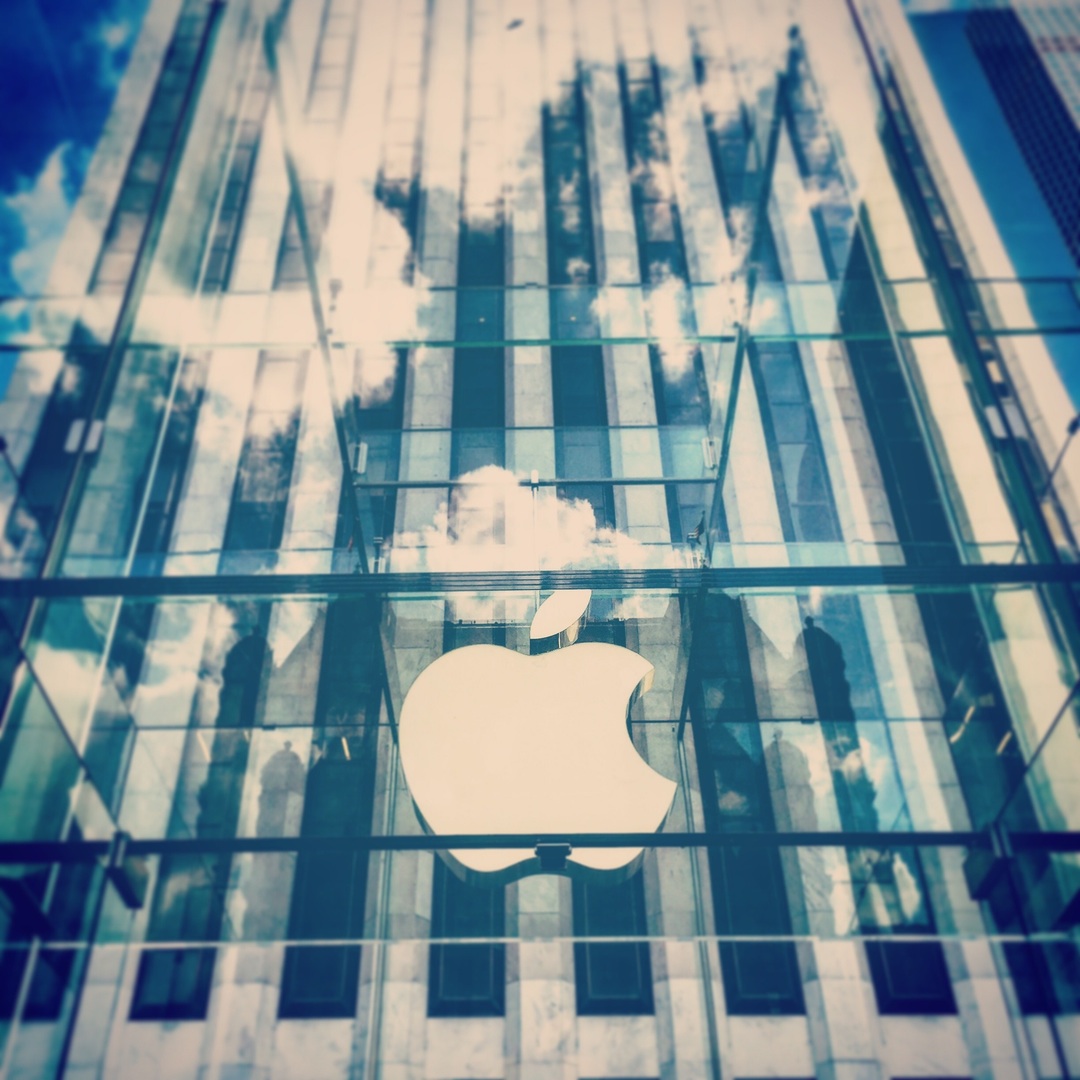
Some companies have incredibly powerful brands – Forbes calculates the value of Apple’s brand, the most valuable in the world, at $145.3 billion. The value of the next two most valuable brands are much less, but still impressive (Microsoft at $69.3 billion and Google at $65.6 billion). Yet none of these three companies list this incredibly valuable asset - their brand - on their balance sheets. They’ve spent years to make these brands strong – why not record their value?The money measurement principle of accounting suggests that only items that have a certain defined value are tracked in the balance sheet, which is why brands don’t appear. But does that make sense? Forbes has clearly provided a value for these brands, and Forbes is a respectable publication – couldn’t the companies just list this value?

Not really. First of all, the brand valuation provided by Forbes can fluctuate a lot from year to year. Apple’s valuation has changed by 17% in one year! If Apple tracked this in their Balance Sheet, they would need to make dramatic shifts in their equity from year to year as the value of their brand changed, and that doesn’t provide for very accurate or comparable accounting statements. Secondly, Forbes has nothing to lose by being wrong. If they’re off by a few billion dollars in brand valuation, it isn’t going to hurt the bottom line of Forbes.
For this reason, valuations of brands are not counted in the balance sheet. However, if a company is acquired, the acquiring company may pay a considerable amount more than the accounting book value of the company, in part to purchase a valuable brand. In this case, the value will not change year-to-year, and the bottom line of the acquiring company will be hurt if they are wrong – so we can be reasonably certain that the value is correct. Now that there’s certainty to the value, this value can be tracked on the balance sheet, as part of the entry known as “goodwill” – a sort of catch-all account for all value that an acquisition holds above and beyond its basic book value (of which brands may only be one part).
Visit Forbes to see more powerful brands: http://www.forbes.com/powerful-brands/list/







